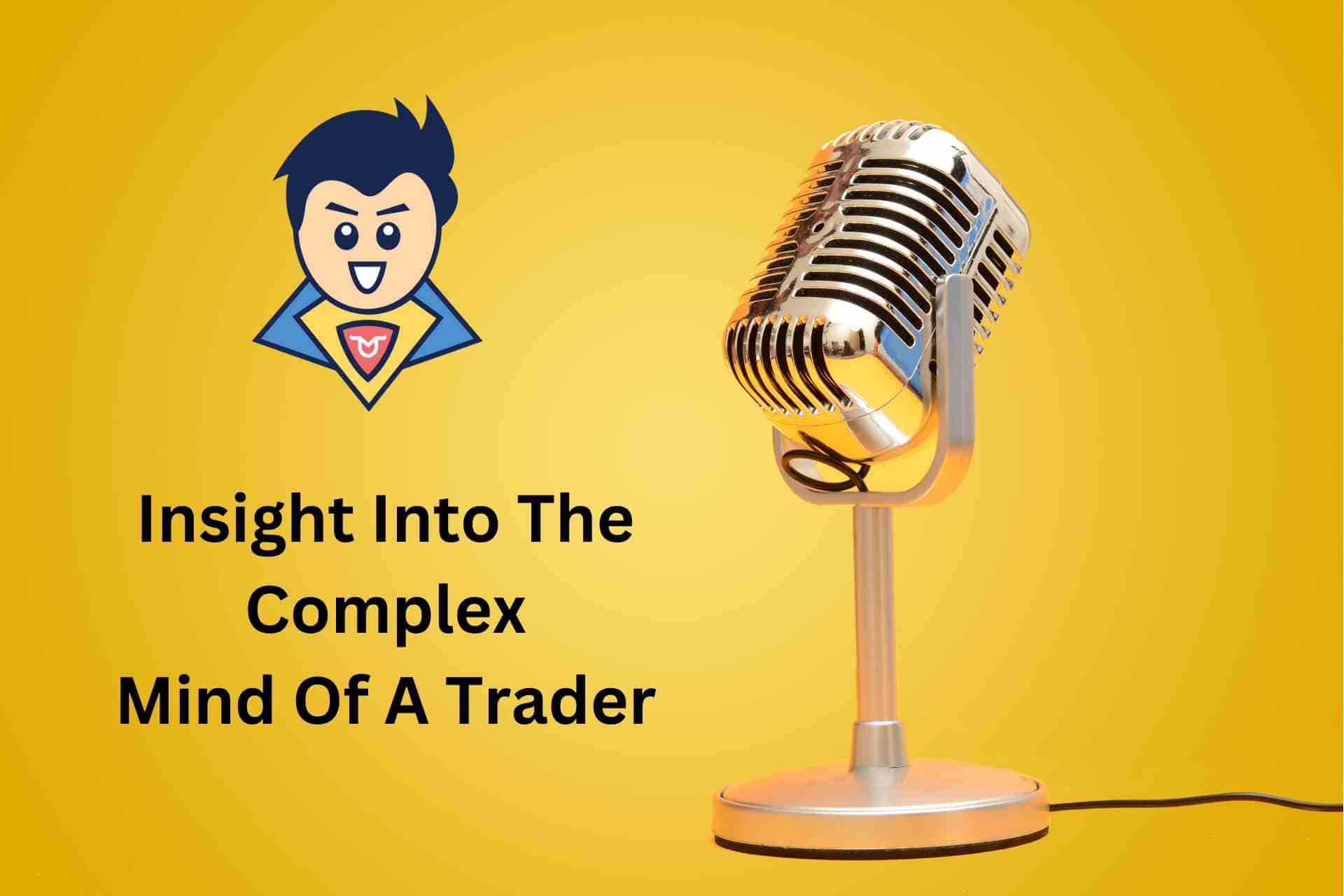
Please read Part 1 if you have not already done so.
Qn: We always hear the phrases “algorithmic trading” and “automated trading”. Are there any differences between them?
This question can be confusing even for veteran fund managers. I guess everyone is entitled to his own definition. For myself, algorithmic trading is a subset of automated trading. It is a specialised role and requires a broad mix of knowledge in order to excel at it. Automated trading simply means automating trades and those do not have to be executed by elaborate algorithms. A simple example of automated trading is the Stop Loss setting found in most brokers’ platforms.
Qn: What do you think makes a good algorithmic trader?
A good algo trader is really hard to find. He must possess the basic skills such as be able to conduct fundamental analysis, coding and financials. Each trader has his own trading inclinations. Some traders like to follow the tried-and-tested strategies like mean reversion, etc. For others, it can be price action. The key thing to ask is that given the trader’s mindset, preference and risk profile, not withstanding the fund’s KPIs, is the return sufficiently good enough?
Some traders love fast action trades and can stomach losses while others prefer to go in at lower lows and hence, only swoop in for the “kill” after many weeks of waiting. So, whatever objective he has, the algo must optimise the return objective. Hence, it would be unfair to compare how good a trader is versus another simply by their returns.
Qn: There are many variables or data points that an algo trader can consider when coding the trading logic. Some of these data points include fundamental analysis, index ranking, sentiments, news, technicals and even AI. Is one specific data point better than another?
I believe each of these data points has its pros and cons. Again, it depends on the traders’ return objective and preferences. Some traders code out algorithms that measure sentiments and newsfeeds. Others, would do like a basket of mining stocks with equal weights and rebalancing the basket due to rotational sector shift.
Qn: Do you have your own favourite data point that you can share with our readers?
My own favourite is technicals. It suits my trading style. Most importantly, I can trade technicals anytime. I do not have to wait for news, sentiments, etc. Also, I do not fall in love with any stocks or sectors. Coding a trading algorithm based on technicals is one of the hardest endeavor for any algo trader, at least in my opinion. It requires an intimate knowledge of the technicals, financial markets and its nuances. And for me this confluence of factors creates an ideal melting pot where “secret sauces” are possible. There is a limitless number of settings and combinations when it comes to trading technicals. For example, I can combine different periods of the same indicator to arrive at a trading decision. It takes many years of trading experience to distil the nuances and slowly morph your algo to be performant.